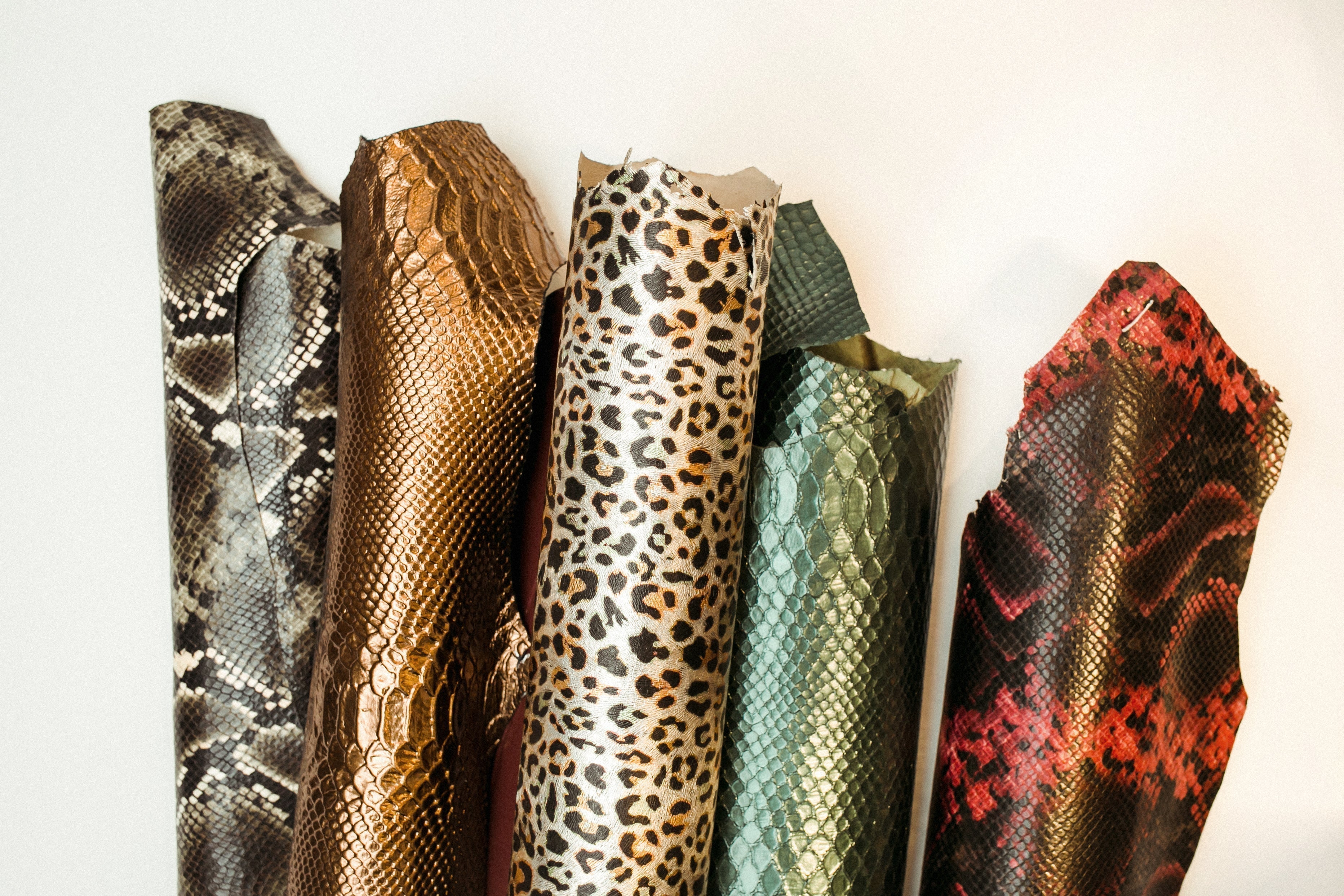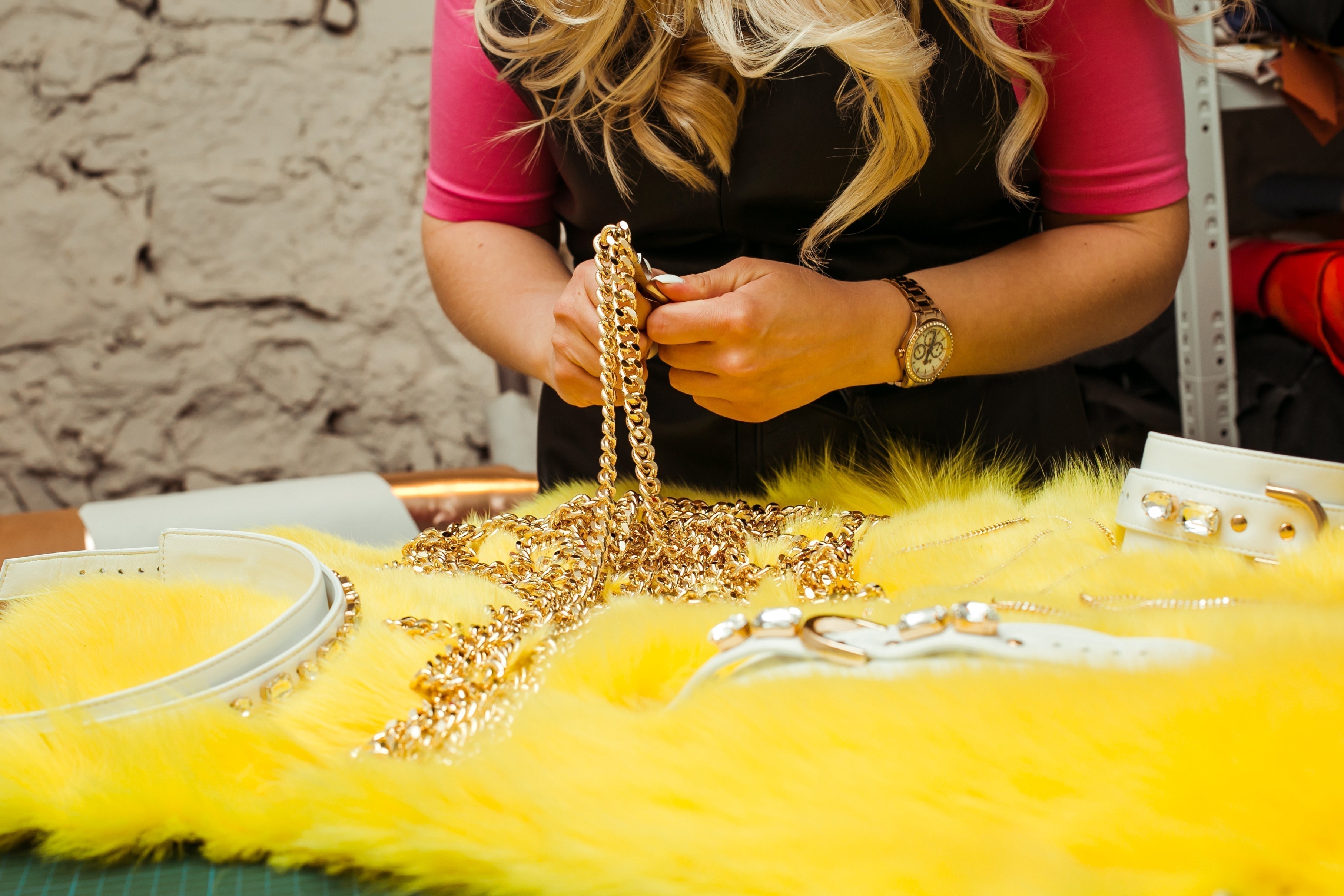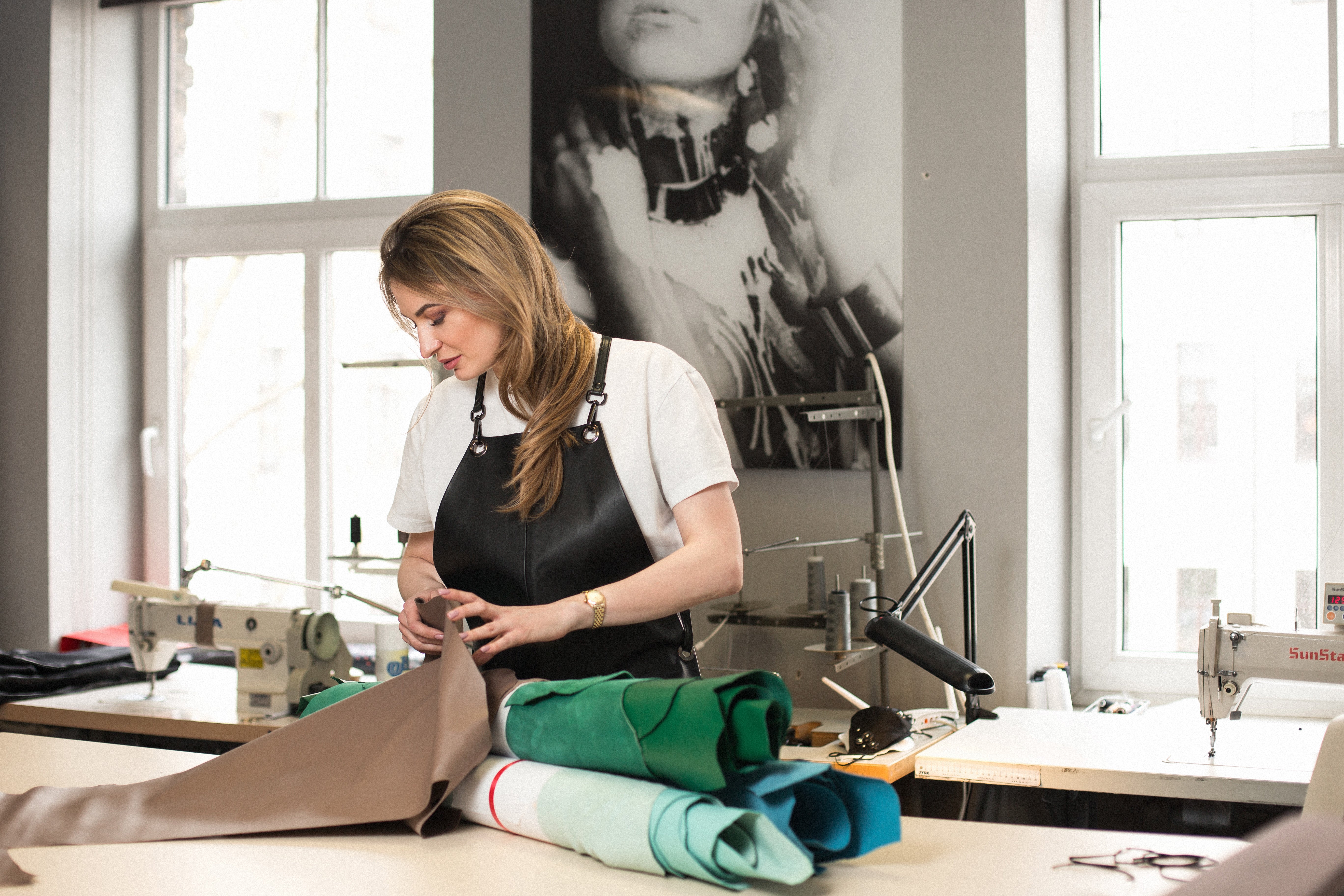Leather has been valued for centuries as a durable and stylish material used in clothing, footwear, and accessories. Yet, alongside its popularity, a number of stereotypes and myths have formed around it. Let’s take a closer look at some of the most common misconceptions.
Suede is too delicate for everyday use
Many people believe that suede cannot withstand everyday wear or exposure to the elements. In reality, suede is naturally more textured than smooth leather and, when properly treated, it has water-resistant properties. With the help of modern protective sprays and conditioners, suede shoes and jackets can remain stylish and practical even in light rain.
Leather has an unpleasant smell
Another stereotype is that leather always smells harsh or “chemical.” The truth is, the scent depends heavily on the tanning process. Vegetable-tanned leather often carries a natural, earthy aroma, while strong chemical odors are usually a sign of lower-quality or poorly processed hides.
Leather is always unethical
A common concern is that leather is inherently unethical because it comes from animals. However, in most cases, hides are a by-product of the meat industry - not the main reason animals are raised. That said, ethical debates are still valid, and conscious consumers can choose leather certified by sustainable or responsible production standards.
Leather wears out quickly
Some assume that leather products will fall apart just like synthetic alternatives. In fact, high-quality leather becomes more beautiful with age, developing a unique patina. With proper care, leather items can last decades, making them more sustainable in the long run than many fast-fashion materials.
Leather is outdated
Another stereotype is that leather is heavy, rigid, and only belongs in “classic” fashion. Today, designers around the world use leather in innovative ways—from minimalist bags to modern streetwear—proving that it remains a versatile, timeless material.
Leather carries a legacy of craftsmanship and durability, but it also carries stereotypes that don’t always reflect reality. By understanding how leather is produced, treated, and maintained, consumers can make more informed and conscious choices—whether they prefer to wear it, avoid it, or explore sustainable alternatives.





